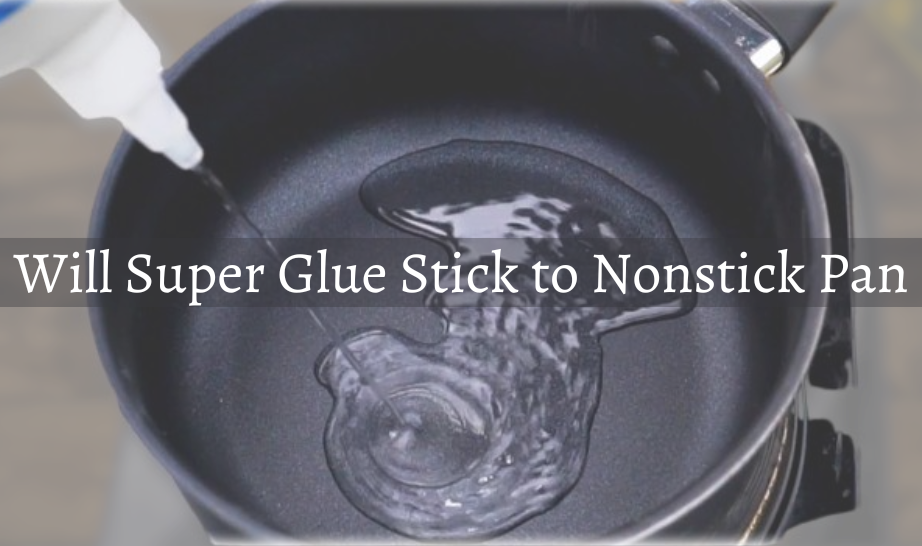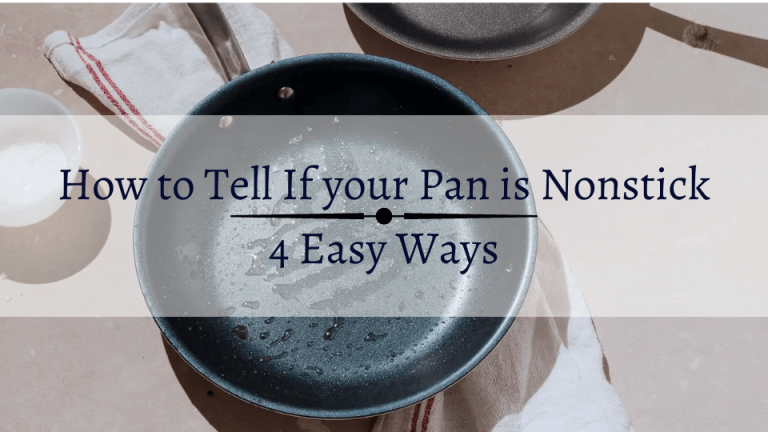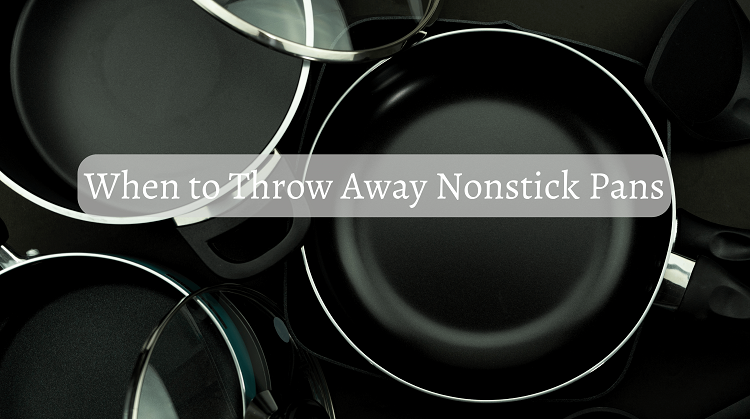Will Super Glue Stick to Nonstick Pan
Have you ever found yourself asking, “Will super glue stick to nonstick pan?” It’s a common question, especially if you’ve got a broken handle or a loose part on your nonstick pan. Let’s explore whether super glue is a good fix or if you should try something else.
Why Super Glue Doesn’t Stick Well
Here’s the deal: nonstick surfaces are designed to repel things, including glue. Super glue needs to stick well to a surface to work, but nonstick coatings make it difficult for the glue to bond. So, when you use super glue on a nonstick pan, it often won’t stick properly.
My Experience with Super Glue and Nonstick Pans
Let me share a quick story. One time, the handle of my nonstick pan broke. I thought super glue would be a quick fix. I applied the glue and tried to reattach the handle. After waiting for it to dry, I picked up the pan, and guess what? The handle fell off again. Super glue just couldn’t stick to the nonstick surface. If you’re also dealing with issues related to nonstick cookware, you might want to check out my article on Common Nonstick Pan Mistakes. It covers some of the common errors and how to avoid them, which might help you prevent similar problems in the future.
What Can You Use Instead?
If super glue doesn’t work, what should you use? Here are a few alternatives:
Epoxy Adhesive
Epoxy is a type of glue that comes in two parts: a resin and a hardener. When mixed together, they form a strong bond. Some people have had success using epoxy on nonstick surfaces, but it’s not guaranteed to work every time.
Silicone Adhesive
Silicone adhesive is another option. It’s flexible and can handle heat, which is useful in the kitchen. It might stick better than super glue, but it’s not always a perfect solution.
Mechanical Fixes
Sometimes, the best fix is not using glue at all. For example, you might use screws or rivets to reattach a broken handle. This can be a more reliable solution than glue.
Why Adhesives Struggle with Nonstick Surfaces
To understand why adhesives don’t stick well, think about how they work. Adhesives need to spread out and grip the surface to form a strong bond. Nonstick coatings, like Teflon, are designed to prevent things from sticking. That’s why glue has a hard time bonding to them.
Tips for Fixing Your Nonstick Pan
If you decide to try repairing your nonstick pan, here are some tips to help:
Clean the Surface
Make sure the area where you want to apply glue is clean and dry. Remove any grease or food particles.
Roughen the Surface
Lightly scratching or sanding the area where you want to glue can help. This makes the surface a bit rougher, which can help the glue stick better.
Follow Instructions
Always follow the instructions on the glue you’re using. Make sure to mix it properly, apply it as directed, and let it dry for the right amount of time.
Should You Replace Your Nonstick Pan?
Sometimes, even with the best repairs, a nonstick pan might not be as good as new. If your pan is seriously damaged, it might be worth buying a new one. This can save you time and avoid frustration.
Comparison Table
Here’s a simple comparison of different repair options for nonstick pans:
| Feature | Super Glue | Epoxy Adhesive | Silicone Adhesive | Mechanical Fixes |
|---|---|---|---|---|
| Strength | Low | High | Medium | High |
| Heat Resistance | Low | High | High | High |
| Flexibility | None | None | High | Medium |
| Ease of Use | Easy | Moderate | Moderate | Moderate |
Recommendations
Based on my experience, if super glue doesn’t work for your nonstick pan, try epoxy or silicone adhesive. Mechanical fixes, like using screws or rivets, can also be a solid choice. If your pan is badly damaged, consider replacing it with a new one.
Final Thoughts
When fixing a nonstick pan, super glue isn’t the best option. Understanding why it doesn’t work and exploring other solutions can help you make better choices for your kitchen repairs. Happy cooking and repairing!

Hello, I’m Benny Jensen – a kitchen expert specializing in daily used utensils. With more than a decade of professional experience, I’m excited to share my expertise to make your life easier, smarter, and more comfortable. Let’s uncover the magic of well-crafted utensils together and make your time in the kitchen efficient and delightful!







